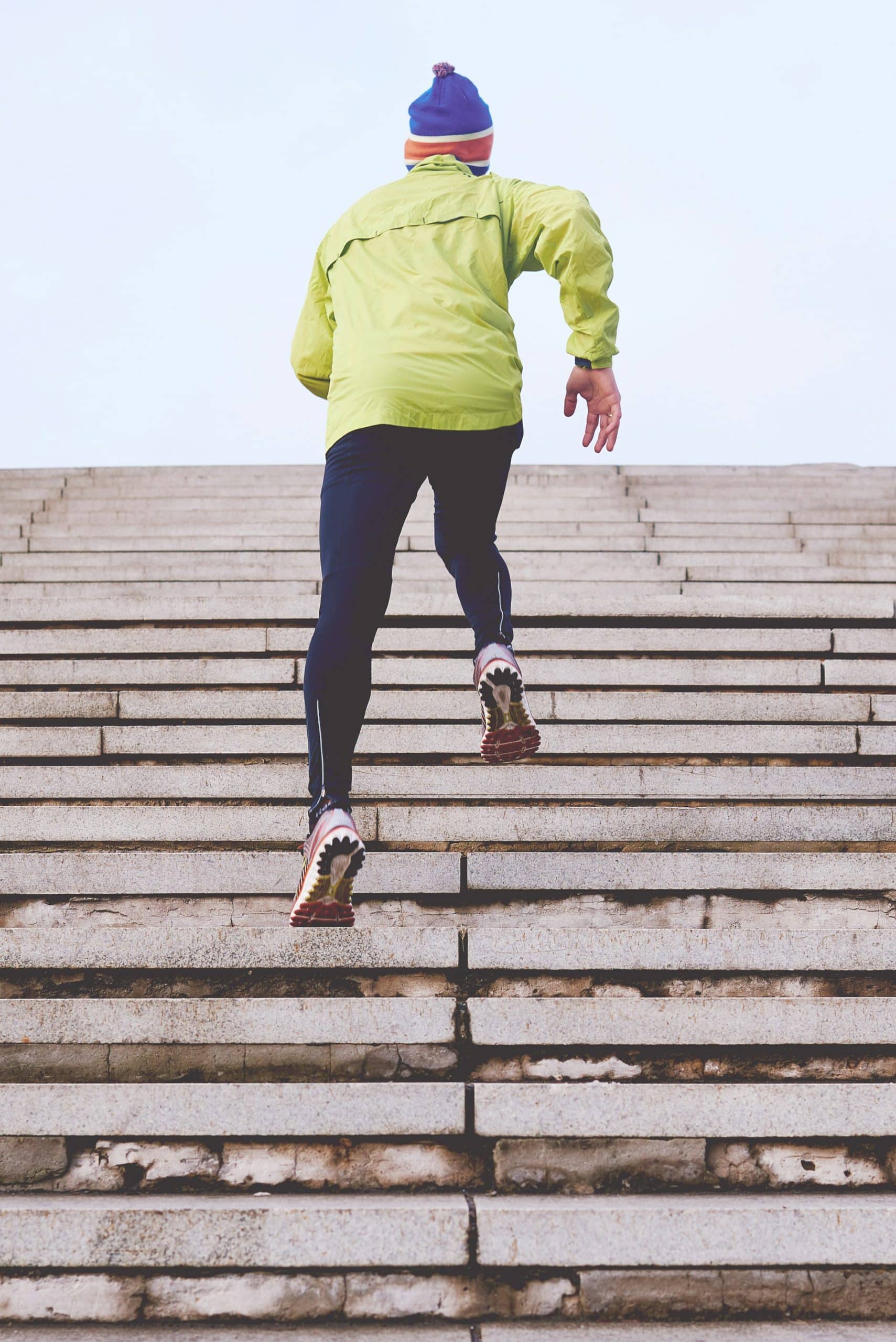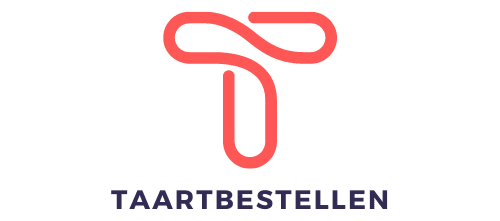What Are the Best Practices for Load Monitoring in Professional Volleyball Players?

Over the last few years, load monitoring has become an integral part of professional sports, particularly in volleyball. Load monitoring refers to the process of tracking and analyzing the physical, physiological, and psychological stress imposed on players during training and competition. The ultimate aim is to enhance the athletes’ performance, prevent injuries, and ensure optimal recovery. But what constitutes the best practices in load monitoring for professional volleyball players? Let’s dive deeper into this topic.
Understanding the Role of Load Monitoring in Volleyball Training
Load monitoring in volleyball is not just about counting reps and sets. It’s a systematic process that allows for an in-depth understanding of the athletes’ physical and psychological status. This data provides valuable insights that can promote optimal performance and recovery.
Avez-vous vu cela : What is the Impact of Adaptive Resistance Training on Power Output in Sprint Cyclists?
In volleyball, a sport known for its dynamic and explosive movements, load monitoring helps to optimize players’ performance across multiple key aspects. It allows coaches and medical staffs to carefully balance the training volume, intensity, and rest periods, thereby minimizing the risk of overtraining and injury. It’s a holistic approach that considers the total physical workload, lifestyle factors, and individual player characteristics.
Utilizing tools like session rate of perceived exertion (RPE), wearable devices, and subjective wellness questionnaires, coaches can gather crucial data on players’ responses to training and competition loads. The aim is to guide training decisions and interventions in real-time, tailoring each player’s training regimen to their unique needs and recovery capacities.
Sujet a lire : Fascinating facts about soccer you didn't know about
The Importance of Strength Training and Recovery
Strength training is a vital component of any volleyball player’s training regimen. It helps to enhance performance, reduce the risk of injury, and improve the overall physical condition of the players. But, as you may know, strength training also imposes a significant load on the athletes. Therefore, it’s crucial to monitor this aspect closely to avoid overloading.
By employing load monitoring, coaches can ensure that the strength training regimen is efficient and effective. It’s about finding a sweet spot where the players can reap the maximum benefits without compromising their recovery. Remember that in load monitoring, the goal is always to balance the load and recovery.
In addition to monitoring the training load, it’s also essential to track the recovery status of the players. Incorporating recovery strategies such as nutrition, sleep, and active rest are vital for optimal performance and health. Load monitoring can help to identify any discrepancies in recovery, enabling timely interventions to prevent fatigue and overtraining.
Leveraging Technology for Load Monitoring
In the era of data-driven sports, technology plays a pivotal role in load monitoring. Wearable devices, apps, and software have made it easier than ever to collect and analyze vast amounts of data about players’ performance and physiological responses.
For instance, software like FORA and JUIZ allow for easy tracking of players’ training and recovery data over weeks. They provide visualizations and actionable insights that can guide coaches’ decisions. Google’s wearable technology, on the other hand, offers real-time data on players’ heart rate, distance covered, speed, and more.
However, it’s crucial to remember that technology should complement, not replace, human judgment and experience. Using technology data alongside subjective feedback from players and coaches can provide a comprehensive picture of the load and its impacts.
A Close Look at Studies on Load Monitoring
Several studies have been conducted on load monitoring in professional volleyball players. These studies provide valuable insights into the optimal strategies and practices for this crucial aspect of training.
For instance, a crossref med study found a significant correlation between optimal load management and reduced injury rates among professional volleyball players. The study emphasized the importance of individualized load monitoring, where each player’s training regimen is tailored to their unique physiological and psychological characteristics.
Another study highlighted the role of monitoring tools like RPE in accurately assessing the load and its impacts on players. It suggested that subjective measures, when used in combination with objective data, can offer a more nuanced understanding of the load.
Collectively, these studies underscore the importance and potential of load monitoring in volleyball. They provide evidence-based insights that can inform best practices in this area.
In conclusion, load monitoring is a crucial part of professional volleyball training. It’s about balancing the load and recovery to enhance performance, minimize the risk of injury, and ensure optimal health. By leveraging technology, utilizing a range of monitoring tools, and drawing on the latest research, coaches can optimize their load monitoring practices for the benefit of their athletes.
Incorporating Load Monitoring into Team Strategy
Implementing load monitoring into the team strategy requires meticulous planning and consistent execution. This includes identifying the key performance indicators (KPIs) that are most relevant to volleyball, collecting and analyzing data with the help of technology, and making adjustments to the training plan based on the findings.
The first step in this process is to define the KPIs. In volleyball, these could be the number of jumps, speed, strength, cardiovascular fitness, and mental toughness, among others. Session RPE, an effective tool for measuring internal load, is particularly useful in this context. It helps in gauging the players’ perceived exertion, which is crucial for preventing overtraining and injuries.
Next, it’s crucial to choose the appropriate technology for data collection. As mentioned earlier, numerous apps and software like FORA and JUIZ are available today, facilitating easy and efficient tracking of training data. Google’s wearable technology, backed by Google Scholar and Crossref Google, is another excellent option, providing real-time data on various parameters.
Apart from these objective measures, subjective feedback from players is also invaluable. This could be in the form of regular wellness questionnaires or one-on-one feedback sessions. Remember, while technology can provide a wealth of data, the human element is equally important for a comprehensive understanding of the load and its impacts.
Lastly, it’s essential to analyze the collected data and make necessary adjustments to the training plan. This step involves not just the coaching staff, but also the medical team, who can offer nuanced insights into the players’ physical and psychological health.
The Role of Educational Institutions in Promoting Load Monitoring
Educational institutions play a vital role in promoting best practices in load monitoring. Universities like the Universidade Federal and others have been contributing significantly to the field through their research work. These studies, many of which are available on Pubmed Crossref, provide valuable insights into load monitoring and its application in various sports, including volleyball.
For instance, research conducted by the Strength Cond Res department at the Universidade Federal highlights the importance of individualized load monitoring. It emphasizes that each player’s training regimen should be tailored to their unique physiological and psychological characteristics for optimal results.
In addition to research, these institutions are also actively involved in educating future coaches and sports scientists. By incorporating the latest findings on load monitoring into their curriculum, they are preparing the next generation to be more data-driven and informed in their approach to training.
Moreover, these institutions often collaborate with professional sports teams, providing valuable expertise and resources. This collaboration benefits both parties, with the teams gaining access to the latest research and the institutions getting a real-world testing ground for their theories.
Conclusion
In essence, load monitoring is a game-changer in professional volleyball. It enables a scientific approach to training, which not only enhances performance but also minimizes the risk of injury. By balancing the training load and recovery, it ensures that players can operate at their peak for longer durations.
Technology, with tools like FORA, JUIZ, and Google’s wearable devices, has made it easier than ever to implement load monitoring. However, it’s important to remember that human judgment and experience still hold a significant place in this process.
Through their research and education programs, institutions like the Universidade Federal are contributing significantly to the advancement of load monitoring. Their findings, combined with practical insights from professional teams, are paving the way for more informed and effective training practices.
Overall, the future of load monitoring in professional volleyball looks promising. With continuous research, technological advancements, and growing awareness, its adoption is expected to become more widespread and sophisticated in the coming years.
